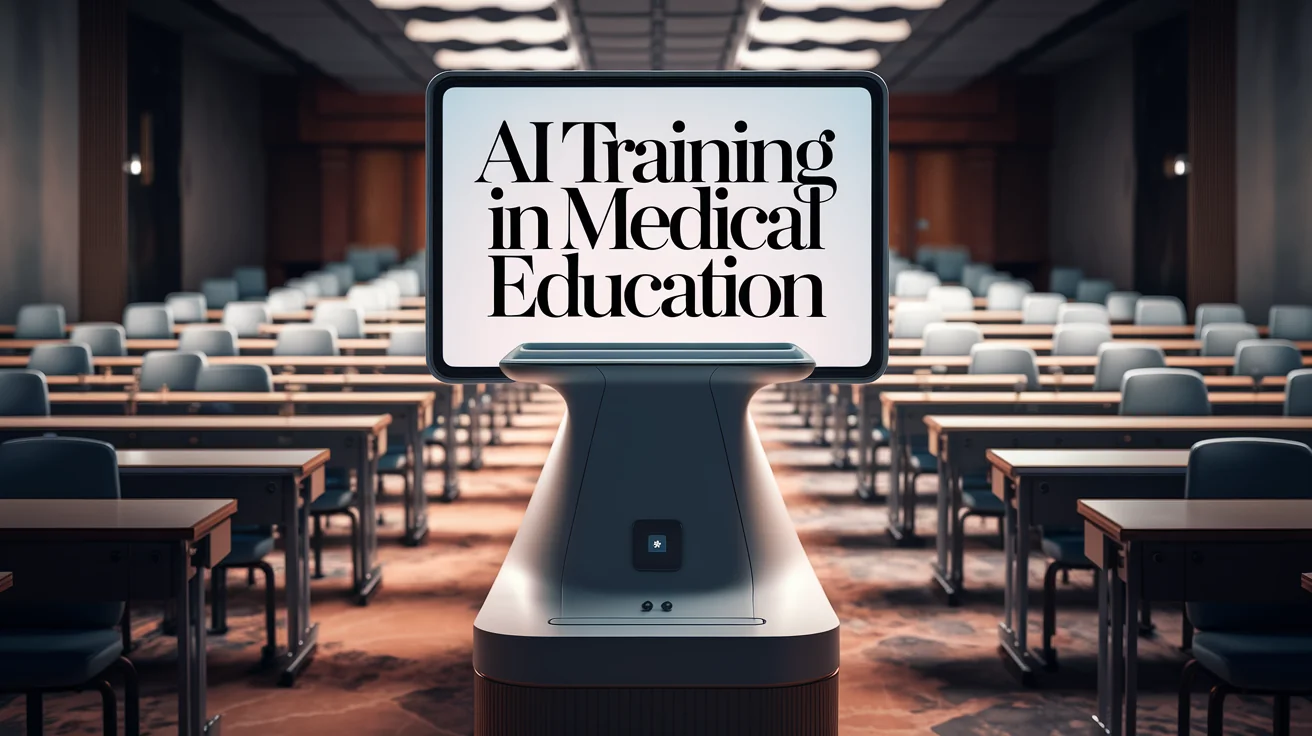AI Training in Medical Education

The integration of artificial intelligence (AI) into medical education is becoming increasingly vital as faculty members across various institutions embark on training programs to harness AI tools effectively. One significant instance is at the Oakland University William Beaumont (OUWB) School of Medicine, where Tracey Taylor, PhD, voiced her initial skepticism. However, her experience evolved significantly as she learned to use AI for drafting test questions and enhancing efficiency in her work. Taylor’s transformation from a reluctant participant to an AI advocate reflects a broader trend among faculty as they adapt to new technologies in education.
Emerging Need for AI Training in Medical Schools
As AI becomes commonplace in educational settings, the necessity for structured training programs for faculty and administrators grows. Kirsten Brown, PhD, MA, from the George Washington University (GWU), noted the disparity between students who frequently use AI tools and the readiness of their instructors. This highlights an urgent need for comprehensive training efforts that bridge this gap and align the skill sets of educators with those of their students. Such training varies widely, utilizing informal lunches, video lessons, webinars, and hands-on workshops to cater to different learning preferences.
Tailoring AI Education to Faculty Needs
The training strategy emphasizes addressing the diverse skill levels among faculty members. Many initiate AI training sessions to build awareness about fundamental AI concepts, including the workings and limitations of large language models (LLMs). Faculty members receive practical knowledge on the risks associated with AI—including data security, biases in algorithms, and error rates—which are crucial for responsibly integrating these tools into their teaching practices.
Useful Practices in AI Utilization
Hands-on training focuses on practical applications, such as prompt engineering—the art of crafting specific requests to optimize AI responses. This skill is essential for faculty to generate useful outputs, from creating course materials to summarizing research literature. Faculty at various institutions also request tailored AI solutions addressing specific departmental needs, demonstrating the importance of a customized approach rather than a one-size-fits-all method.
Flexible Training Formats Encouraged
Different institutions adopt varied formats for their AI training programs. At OUWB, faculty participation in informal “brown bag” lunches fostered collaborative learning. Meanwhile, other institutions, like Geisinger Commonwealth and the Mayo Clinic, offer structured workshops and online resources, creating a supportive environment that encourages faculty to share their experiences and learn from one another.
The Future of AI in Medical Education
Despite the rapid evolution of AI technologies, educators are tasked with maintaining a foundational understanding of AI principles that will remain relevant as the tools develop. Elissa Hall, EdD, from the Mayo Clinic emphasizes training that nurtures critical skills over mere tool familiarity. This approach fosters essential problem-solving and critical thinking skills, which are crucial as educators navigate an ever-changing digital landscape.
The stories of faculty successfully adopting AI underscore the value of these training initiatives. For example, a Dartmouth anesthesiologist utilized AI to create a practical app aiding students in assessing patient conditions. Likewise, educators like James White from Rowan-Virtua have reported productivity boosts in lecture preparation due to the effective use of AI. Such endorsements reflect a growing appreciation for AI’s role in enhancing medical education and highlight the importance of continuous professional development in this area.